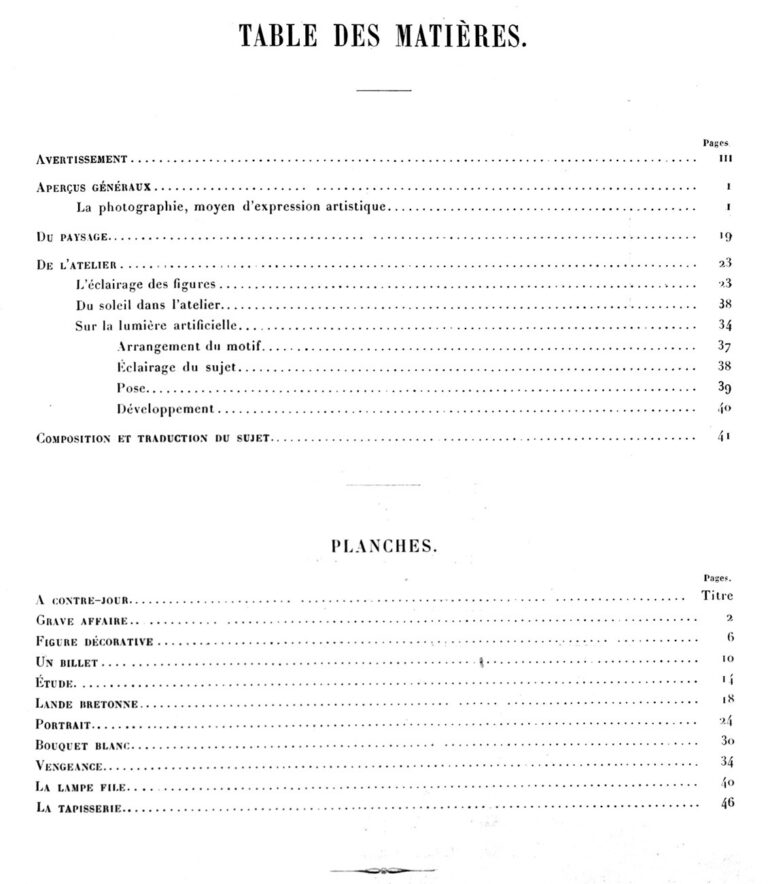
Eastward at Sundown
An overview of Alfred Clements life (dates unknown) appeared in the October, 1895 issue of the Photographic Times. I have prepared the following synopsis and included other primary sources showing his importance in the development of and promotion of the Platinotype process in America (along with William Willis Jr.) and conclude it with background on his amateur photography interests specializing in landscapes.
Born in the county of Kent in England, Alfred Clements first came to America in 1868, where he went to work for Edward Anthony of the E. & H. T. Anthony & Co., who represented the American Photo Lithographic Company in Brooklyn. Clements supervised the firm’s involvement in the Aniline process (1.) after Anthony purchased the American patents for it from his former employer in England, William Willis. After several months, the Anthony firm had to abandon Aniline because the hot and dry climate in the U.S. made it unreliable as a working process. He stayed with Anthony another four years, becoming expert in the art of photo-lithography. Around 1872 he joined the New York Graphic Company in order to “take charge of its photographic department.” He stayed on nearly three years. In 1877, Clements joined forces with William Willis Jr. , (1841-1923) the son of his former English employer, William Willis, who had earlier invented the Platinotype process and patented it in England on June 5, 1873. Clement and Willis Jr. stayed in New York, forming the business partnership known as Willis & Clements and experimented with various platinum processes and ways to develop platinum paper, including the then novel usage of electric light. After a series of failures including a boiler explosion that destroyed all of the equipment in their New York office at 123 W. 26th street on December 17, 1880, both made their way to Philadelphia sometime after 1881, where the Willis & Clements firm now advertised itself as the “Proprietors of the Platinotype”. Located at 631 Arch street, the firm no longer specialized in printing platinotypes but instead manufactured all the necessary chemicals needed for the process. They also were the official U.S. source for the licensing of photographers to sensitize platinum paper for their own use. (their business agent Thomas McCollin took over duties of platinum printing at the firm with electric light) An early notice for the business in the November, 1881 Photographic Times and American Photographer describes it thus, with the process name erroneously misspelled:
THE PLANTINOTYPE PROCESS— Having disposed of their printing business in New York, Willis & Clements will now devote the whole of their time to manufacturing chemicals for the process, and to instructing licensees in working. They have appointed Thos. H. McCollin, 631 Arch St., Philadelphia, sole trade agent for the sale of all special materials and apparatus used in the process.
Willis & Clements will answer all letters of inquiry concerning the process.
Agent. Thos. H. McCollin, 631 Arch St., Philadelphia, Pa.
Proprietors of patents, Willis & Clements, 631 Arch St., Philadelphia, Pa.
Note—On receipt of $1.75, a small supply of chemicals and paper will be sent to any one desiring to try the process.
Lastly, Clements interest in amateur photography with an emphasis on his preference for landscape work was illustrated by numerous halftone studies in the October, 1895 issue of The Photographic Times. The gravure study seen here, Eastward at Sundown, was published in the June, 1896 issue, and is strikingly reminiscent of the very late naturalistic studies done around this time by his fellow Englishman, Peter Henry Emerson. Had Clements seen them, Emerson’s stark, Whistlerian photographic studies reproduced in 1895 as photogravures in his final masterpiece volume Marsh Leaves may well have been an influence for studies like this one, with the title making reference to Eastward a possible oblique nod to Emerson’s Japanese aesthetic. In conclusion, the following lines written in the Photographic Times describe and quote Clements preference for the landscape:
The pictures we reproduce here show that he has a keen eye for the simple and picturesque in nature, for no one but a devoted lover of the simple in nature would be tempted to places so forlorn and deserted as these pictures show them to be. He has devoted most of his spare moments with the camera to the forest, the fields and the shore. “It has always seemed to me,” says Clements, “as though temperament affected preference for subjects. Some may like figures while others prefer landscape. As for myself I care little for the former because it is difficult to take away the conscious expression of the models, and this to me robs such pictures of all value as works of art. My preference is landscapes or landscapes with figures where faces scarcely show. The weird things where the imagination can play suit me best.”
His fondness for pictures of this kind is not due to any morbid tendency, for those who know him tell of his quiet, gentle nature, and keen delight and admiration for those occupations and sports which take one into the sunlit woods and fields, and of his liking for the homely things in nature, and the desire to interpret her in all her varying moods be they grave or gay. (2.)
1. “its basis being the action of light upon paper sensitized with chromic salts, and the after development of the image by means of the fumes of aniline in benzole. It is used by engineers and architects for the reproduction of their drawings, the lines being black on a light gray ground.”
2. from: Alfred Clements and his Work: in: The Photographic Times: New York: October, 1895: p. 220



